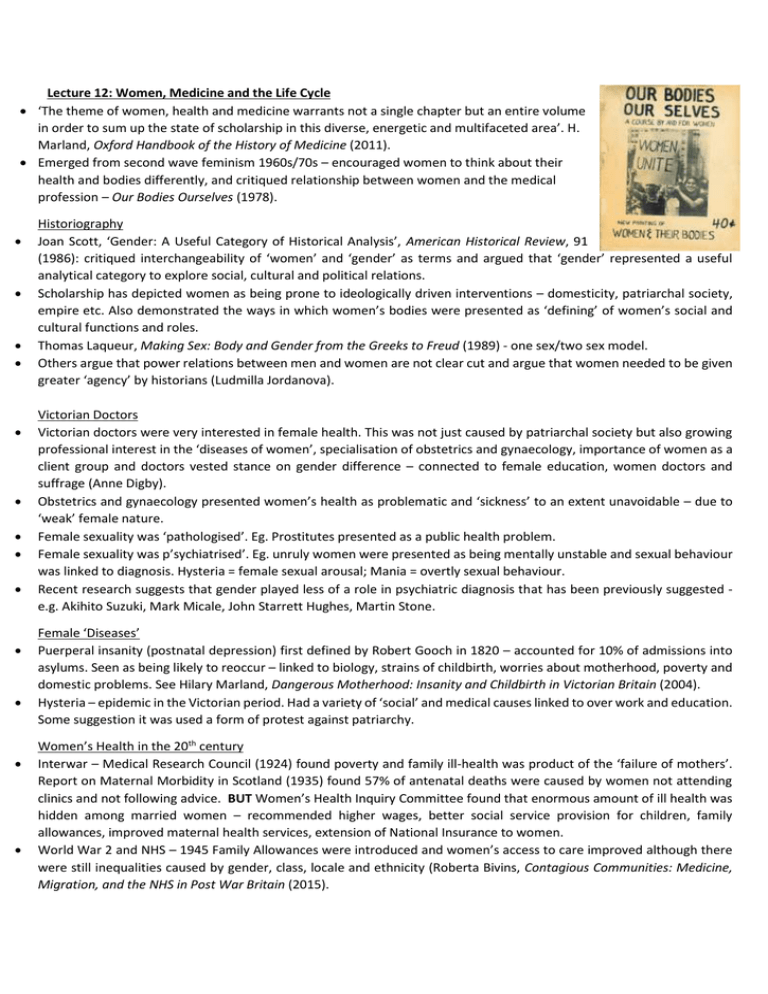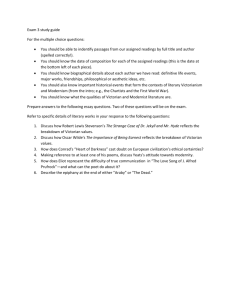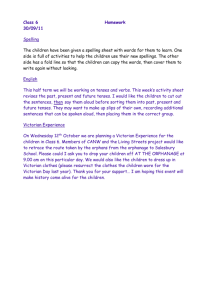
Lecture 12: Women, Medicine and the Life Cycle
‘The theme of women, health and medicine warrants not a single chapter but an entire volume
in order to sum up the state of scholarship in this diverse, energetic and multifaceted area’. H.
Marland, Oxford Handbook of the History of Medicine (2011).
Emerged from second wave feminism 1960s/70s – encouraged women to think about their
health and bodies differently, and critiqued relationship between women and the medical
profession – Our Bodies Ourselves (1978).
Historiography
Joan Scott, ‘Gender: A Useful Category of Historical Analysis’, American Historical Review, 91
(1986): critiqued interchangeability of ‘women’ and ‘gender’ as terms and argued that ‘gender’ represented a useful
analytical category to explore social, cultural and political relations.
Scholarship has depicted women as being prone to ideologically driven interventions – domesticity, patriarchal society,
empire etc. Also demonstrated the ways in which women’s bodies were presented as ‘defining’ of women’s social and
cultural functions and roles.
Thomas Laqueur, Making Sex: Body and Gender from the Greeks to Freud (1989) - one sex/two sex model.
Others argue that power relations between men and women are not clear cut and argue that women needed to be given
greater ‘agency’ by historians (Ludmilla Jordanova).
Victorian Doctors
Victorian doctors were very interested in female health. This was not just caused by patriarchal society but also growing
professional interest in the ‘diseases of women’, specialisation of obstetrics and gynaecology, importance of women as a
client group and doctors vested stance on gender difference – connected to female education, women doctors and
suffrage (Anne Digby).
Obstetrics and gynaecology presented women’s health as problematic and ‘sickness’ to an extent unavoidable – due to
‘weak’ female nature.
Female sexuality was ‘pathologised’. Eg. Prostitutes presented as a public health problem.
Female sexuality was p’sychiatrised’. Eg. unruly women were presented as being mentally unstable and sexual behaviour
was linked to diagnosis. Hysteria = female sexual arousal; Mania = overtly sexual behaviour.
Recent research suggests that gender played less of a role in psychiatric diagnosis that has been previously suggested e.g. Akihito Suzuki, Mark Micale, John Starrett Hughes, Martin Stone.
Female ‘Diseases’
Puerperal insanity (postnatal depression) first defined by Robert Gooch in 1820 – accounted for 10% of admissions into
asylums. Seen as being likely to reoccur – linked to biology, strains of childbirth, worries about motherhood, poverty and
domestic problems. See Hilary Marland, Dangerous Motherhood: Insanity and Childbirth in Victorian Britain (2004).
Hysteria – epidemic in the Victorian period. Had a variety of ‘social’ and medical causes linked to over work and education.
Some suggestion it was used a form of protest against patriarchy.
Women’s Health in the 20th century
Interwar – Medical Research Council (1924) found poverty and family ill-health was product of the ‘failure of mothers’.
Report on Maternal Morbidity in Scotland (1935) found 57% of antenatal deaths were caused by women not attending
clinics and not following advice. BUT Women’s Health Inquiry Committee found that enormous amount of ill health was
hidden among married women – recommended higher wages, better social service provision for children, family
allowances, improved maternal health services, extension of National Insurance to women.
World War 2 and NHS – 1945 Family Allowances were introduced and women’s access to care improved although there
were still inequalities caused by gender, class, locale and ethnicity (Roberta Bivins, Contagious Communities: Medicine,
Migration, and the NHS in Post War Britain (2015).







